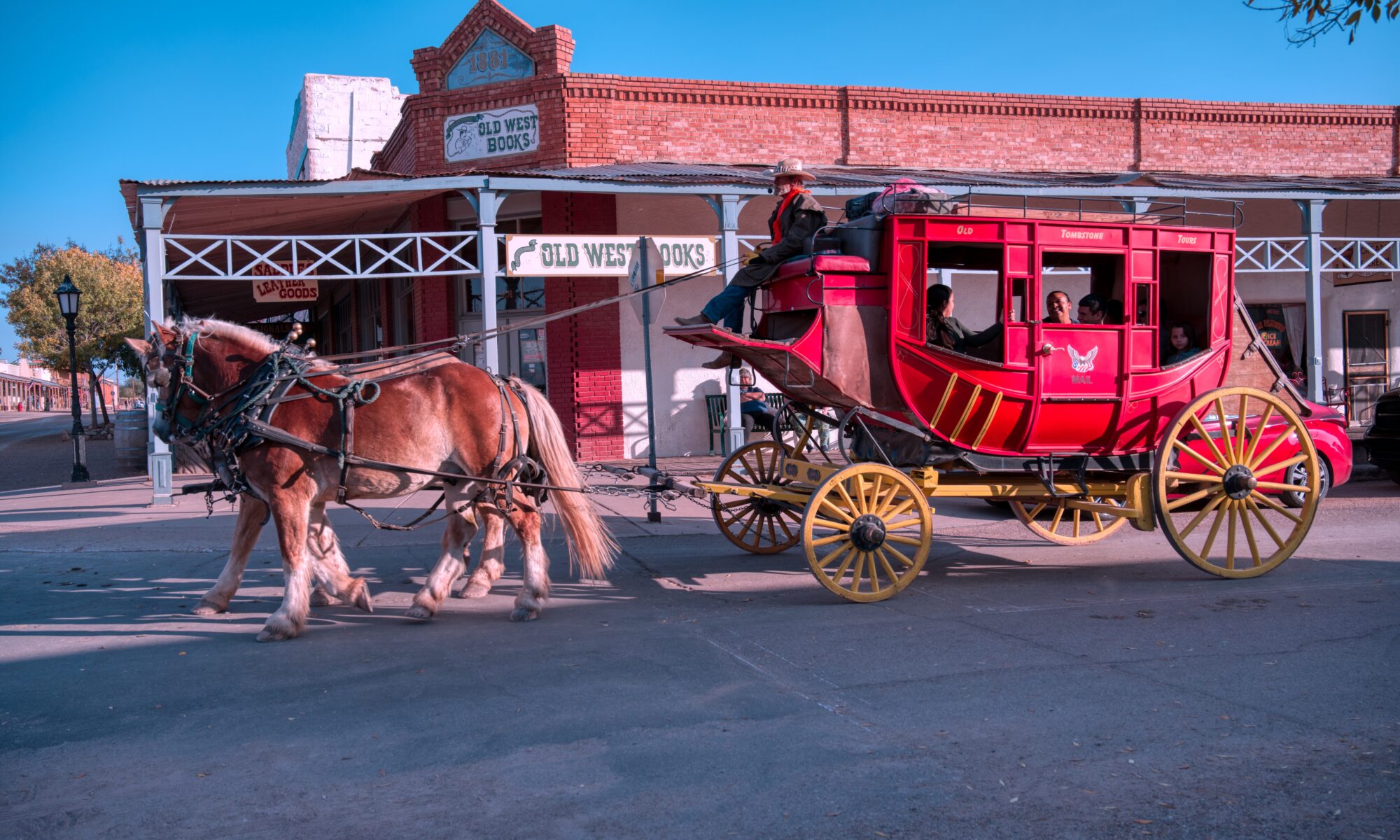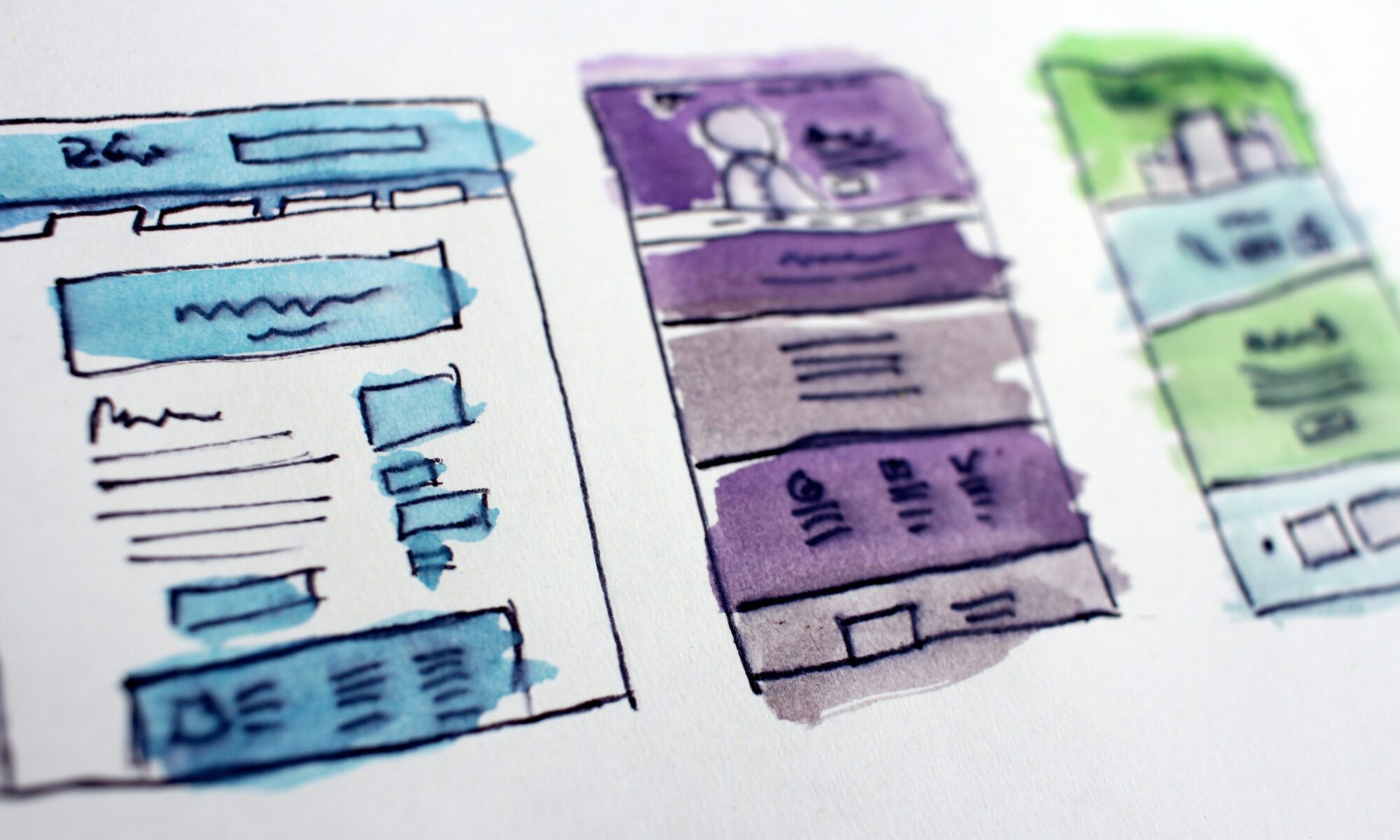Quit messing around with lesser staging processes and get the real deal.
I don’t mean to be too glowing or make this seem like some infomercial endorsement, but I do really think it saved me from having a heart attack the past couple days. I’ve been using InfiniteWP to manage most of my stable of WordPress sites, and it’s served me well for managing updates and backups, and is even handy for migrating websites from one host to another. It’s well worth the $120 or so that I paid for it a few months ago. It’s staging features aren’t really that great.
Part of the problem is that it only wants to install the staging site as a subfolder of the main site. It also makes a copy of the database on the production database, it just uses a different table prefix. I shouldn’t have to tell you why this is not great from a performance and quota standpoint. The other problem is that it doesn’t provide much information when things go wrong. Ideally, I want my staging sites in separate subdomains, but IWP just can’t do this. And the documentation is very mum about this. I have a support ticket open with them right now to figure out why I was unable to clone a particular client site, and to make sure that this paragraph is correct. What I can tell you is that I spent days trying to get a proper staging site setup for my client using IWP.
It’s not all their fault. I’m taking over a project that seems to have been abandoned by the original developer, and there were many problems with the site that may have contributed to the problems I’ve been having, as we shall see shortly. IWP has three staging options, on the original site, on my configured staging server, or custom FTP. I was able to clone the site to my custom staging server, but the theme didn’t operate properly. I believe this may have been a problem with hotlinked theme assets, I haven’t figured it out yet.
I literally spent days trying creating subdomains and updating DNS on the client site, and couldn’t figure out why IWP kept giving me “error: check your hostname” when I tried to update things. I figured it was a DNS propagation error between the server hosting my IWP and the client’s host. I usually only work on sites I host directly, but this was the first time I actually had to use the staging features. I was getting very anxious. I had wasted several days was already dealing with an irate client, and was starting to get a panicked feeling when working on the project.
So I decided to go another route and explore some other options. I read through several blog posts on WordPress staging sites, and one name that came up several times was WPStagecoach. And it was only $12 for a month, so I signed up for a trial and had the staging site up in less than an hour. No kidding.
The setup process was impressive. Getting the plugin installed and activated was pretty standard, and creating the staging site was very user friendly. It started off by scanning the site for large files, and found a backup archive, which it asked to exclude. Then it starting creating a tar file of the site to move to staging, and showed me a status percentage as it did so. This was very much needed considering IWP had been “working” for hours without so much as a log update. After the tar process was completed, I did get an error that the archive was missing files, and was asked whether I wanted to abort, retry, or “proceed fearlessly.” I retried, waited another five minutes, and got the same error, so I went ahead and pressed proceed. Another five minutes, and BAM. There was my staging site, and it looked perfect.
And one thing that really impressed me was that after the creation of the staging site, I was given a list of errors that WPS had found, mainly places where the site’s URL was hardcoded in the theme templates. These are likely why I had the rendering issues on my previous staging attempt. So now I have a list of files that I need to target, as hard coded URLs will play havoc with my development environment as well. And this feature really shows how WPStagecoach really shines as a specialized product.
WPS hosts the staging site on their own servers, giving each site their own subdomain. I got ten with my account, which is way more than I’m going to need anytime soon. So now I can proceed with the next step on this project, which is getting our MemberPress module up and running. Then I’ll be able to see if pushing changes back to the live site is as easy as creating it in the first place. If my experience so far is any indication, it’ll be a sinch.

